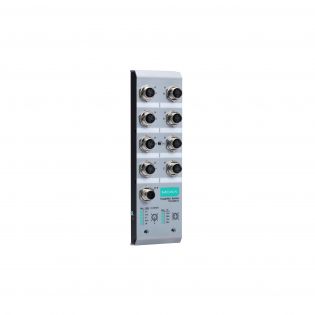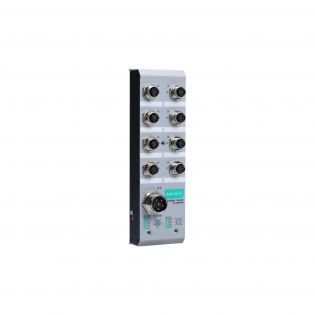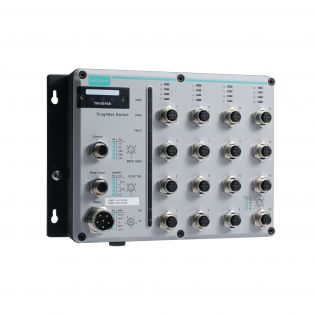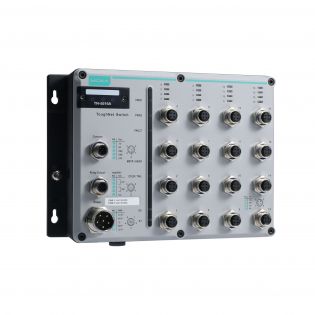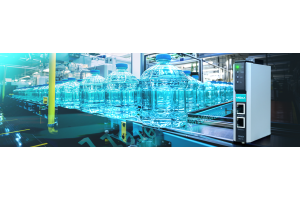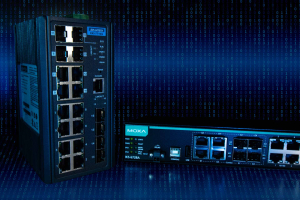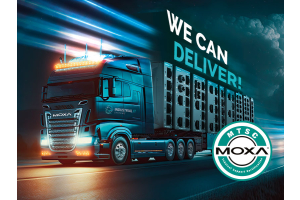We use cookies to make your experience better. To comply with the new e-Privacy directive, we need to ask for your consent to set the cookies. Learn more.
What is EN50155 Railway Compliance Standard?

What is EN50155 Railway Compliance Standard?
When it comes to electronic systems used in railway and transportation applications, reliability, durability, and safety are of paramount importance. The EN 50155 Compliance standard ensures that all equipment installed on rolling stock or rail vehicles, fulfils the essential criteria to withstand extreme temperatures, vibrations, humidity, as well as other environmental challenges, while delivering consistent performance.
The certification ensures that all onboard equipment is deemed capable of seamless operation throughout its life cycle without requiring frequent maintenance. As a result, railway workers can confidently operate rolling stock, free from concerns about the integrity and maintenance of the electronic equipment.
Here is a summary of the key features of the EN50155 standard:
Operating Temperature
EN 50155 mandates that electronic equipment should function flawlessly across a wide temperature range of -40 to +85 °C for a minimum of 10 minutes during start-up, ensuring performance in scorching heat or freezing cold. One critical component that must adhere to specific efficiency standards is the power supply, which must be able to operate at 85% efficiency or higher.
Most computers cannot withstand such extreme temperatures without a fan. However, ruggedized industrial computers are designed with passive cooling and a toughened casing that acts as a heatsink, helping to extract heat from the internal components, dispersing it into the surrounding air.


Vibrations and Shocks
Given the dynamic nature of transportation of rolling stock, electronic systems must endure vibrations and shocks without compromising functionality.
EN 50155 refers to a separate standard (EN 61373) which ensures that the equipment's design is thoroughly examined to verify the presence of suitable fixings and anti-vibration mounts. It also provides assurance that the equipment can withstand vibration, shock, and bumps throughout its life cycle without experiencing deterioration or malfunction.
Electromagnetic Compatibility
Electronic systems on trains are exposed to various electromagnetic emissions. EN 50155 Compliance ensures that the equipment is shielded against interference, reducing the risk of malfunctions.
The computer must be enclosed in a way that prevents it from emitting noise levels that could disrupt the functioning of other equipment, while simultaneously being capable of withstanding external radio frequencies. To verify this capability, a radio frequency interference (RFI) susceptibility test is conducted, adhering to the EN 50121-3-2 and EN 50121-4 standards for further EMC compliance.
Power Supply Systems
EN 50155 addresses power supply systems, emphasizing the need for stable and resilient power sources to prevent electronic failures. The standard mandates that the power supply must be capable of handling interruptions and continue delivering output in the event of a 10ms power outage. Rolling stock employs a broad range of voltages, with the EN 50155 standard including 24, 48, 72, 96, and 110VDC.


Passenger Information Systems
Passenger information systems keep commuters informed about schedules, delays, and other essential information. EN 50155 ensures these systems are reliable and accurate, enhancing the overall passenger experience.
Control Centres and Monitoring Systems
EN 50155 also extends to the control centres and monitoring systems that oversee railway operations. These systems need to be dependable and resilient to ensure efficient management of transportation networks.
Communication Systems
Given the dynamic nature of transportation of rolling stock, electronic systems must endure vibrations and shocks without compromising functionality.
EN 50155 refers to a separate standard (EN 61373) which ensures that the equipment's design is thoroughly examined to verify the presence of suitable fixings and anti-vibration mounts. It also provides assurance that the equipment can withstand vibration, shock, and bumps throughout its life cycle without experiencing deterioration or malfunction.
Signalling Systems
Electronic systems on trains are exposed to various electromagnetic emissions. EN 50155 Compliance ensures that the equipment is shielded against interference, reducing the risk of malfunctions.
The computer must be enclosed in a way that prevents it from emitting noise levels that could disrupt the functioning of other equipment, while simultaneously being capable of withstanding external radio frequencies. To verify this capability, a radio frequency interference (RFI) susceptibility test is conducted, adhering to the EN 50121-3-2 and EN 50121-4 standards for further EMC compliance.
FAQs Related to the EN 50155 Standard:
Who Regulates EN 50155 Compliance?
Is EN 50155 Compliance Only Applicable to Trains?
How Often Should Equipment be Recertified for EN 50155 Compliance?
How Does EN 50155 Compliance Impact Railway Operators?
What is the role of the EN 50155 Standard for Ethernet Switches in Public Transport?




